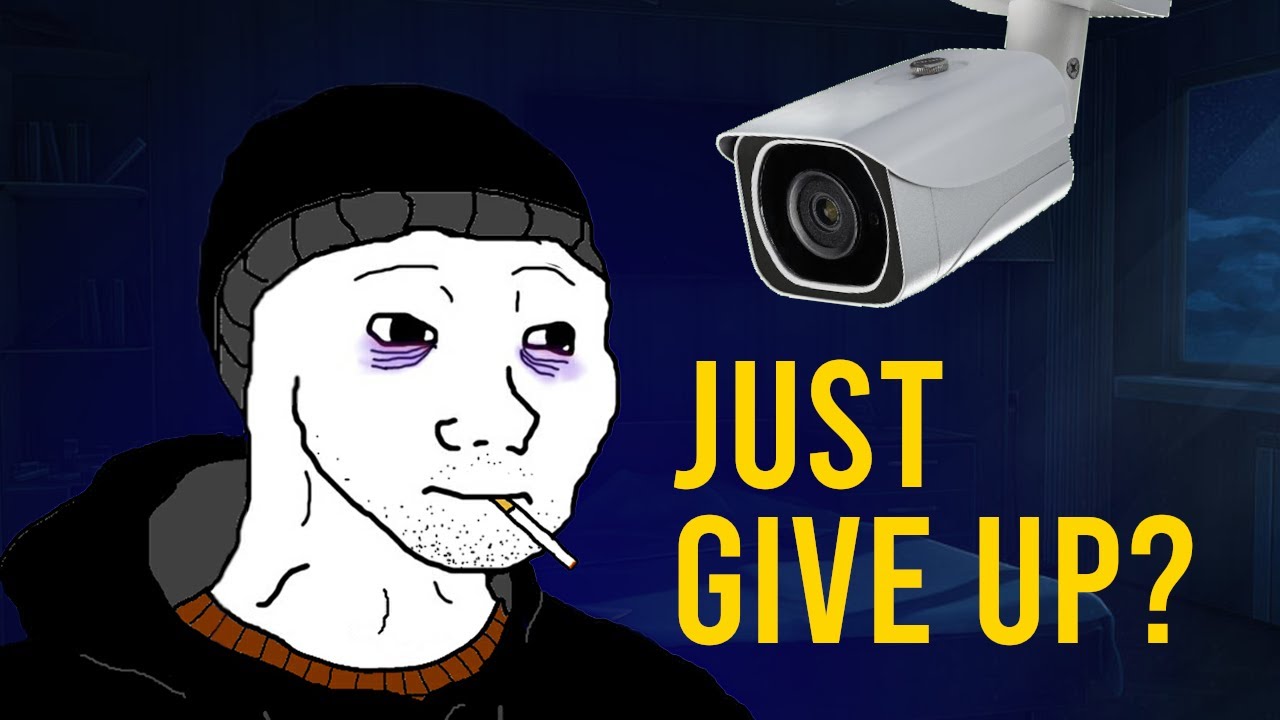In sharing this video here I’m preaching to the choir, but I do think it indirectly raised a valuable point which probably doesn’t get spoken about enough in privacy communities. That is, in choosing to use even a single product or service that is more privacy-respecting than the equivalent big tech alternative, you are showing that there is a demand for privacy and helping to keep these alternative projects alive so they can continue to improve. Digital privacy is slowly becoming more mainstream and viable because people like you are choosing to fight back instead of giving up.
The example I often think about in my life is email. I used to be a big Google fan back in the early 2010s and the concept of digital privacy wasn’t even on my radar. I loved my Gmail account and thought it was incredible that Google offered me this amazing service completely free of charge. However, as I became increasingly concerned about my digital privacy throughout the 2010s, I started looking for alternatives. In 2020 I opened an account with Proton Mail, which had launched all the way back in 2014. A big part of the reason it was available to me 6 years later as a mature service is because people who were clued into digital privacy way before me chose to support it instead of giving up and going back to Gmail. This is my attitude now towards a lot of privacy-respecting and FOSS projects: I choose to support them so that they have the best chance of surviving and improving to the point that the next wave of new privacy-minded people can consider them a viable alternative and make the switch.



I notice you quoted the sentence from the description - did you watch the video itself? You are actually repeating a lot Eric’s points and are really in agreement with him. He mentions how privacy is becoming increasingly mainstream to the point that even his “normie” brother started using Brave without his knowledge or input, and he also has a section in there on threat modelling (he calls it the “privacy spectrum”) which he has made an entire video about in the past.
The “pessimistic” introduction is really just a setup for his positive counterargument. He’s not actually pessimistic about digital privacy as you seem to believe.
No, I’m afraid I didn’t.
At least you did a good job summarising it for everyone else!
Ah, well. Maybe that saves a click and 10 minutes of someones life.